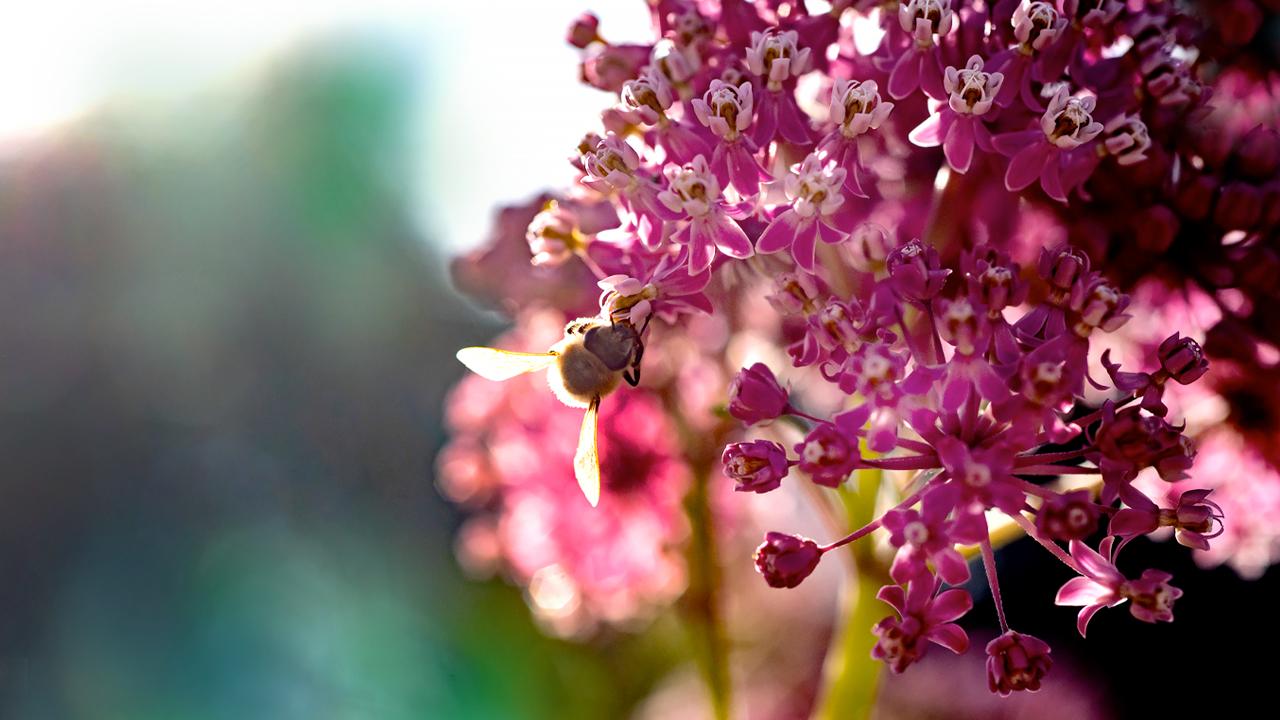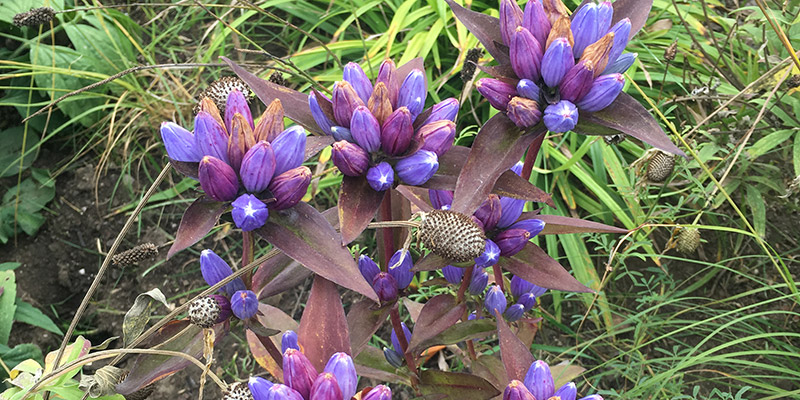
Lawn Alternatives Research at Chicago Botanic Garden and Beyond

Grass lawns are the number one irrigated crop in the United States. Given cultural maintenance norms associated with lawns, such as mowing, watering, fertilization, and herbicide applications, these broad swaths of public and private greenspace actively contribute to climate change. While some spaces, like soccer fields, must be mown grass lawn, many spaces that are currently maintained as lawn, likely don’t need to be.
In these spaces, lawn alternatives —short growing, low-maintenance, plant communities—may provide additional ecosystem functions over and above those of traditional mown lawns. We are testing different traditional and alternative lawns for their potential ecosystem functions, including providing habitat for plants, pollinators, and other wildlife, absorbing and retaining stormwater, and climate change mitigations in the form of carbon sequestration, and reduced emissions associated with mowing, watering, and fertilizing.
This project represents a collaboration with Chicago Park District. We have experimental plots at several sites within the Chicago Park District, as well as at Chicago Botanic Garden. In addition, there are experimental plots at University of Michigan-Flint. At Chicago Botanic Garden, we have treatments ranging from traditional turfgrass lawns, to fine fescue lawns which should require less water and mowing, to diverse lawns that incorporate native grasses and wildflowers).
Based the result of our research, we will be able to provide information about the benefits associated with different lawn alternatives to aid in their decision making. Our findings will be used to support land management decisions within the 8,800 acres of the Chicago Park District and the grounds of the Chicago Botanic Garden, as well as in other sites in the surrounding community and beyond. (Becky Barak and Liz Anna Kozik as well as Northwestern University/Chicago Botanic Garden graduate students and collaborators Lauren Umek at Chicago Park District, and Rebecca Tonietto at University of Michigan-Flint).
For more information, please see www.rethinkinglawns.com. All artwork on our signs and website is by Liz Anna Kozik. This research is funded by the Walder Foundation’s Biota Award, and previously by the Eppley Foundation for Research. An article by Anna Joranger about the research can be found here.

